
Although we enjoy the warmth of the fireplace, the odors can be unpleasant. With simple tricks like vinegar, salt, or baking soda, you can keep your home fresh and cozy.

Are you experiencing problems with your wood stove and wondering why it’s not working efficiently? If you’re having problems with your wood stove, chances are you’re making mistakes when using it.
In today’s post, we’ll show you the 5 most common mistakes when using this appliance and how you can avoid them. We’ll give you the best tips for a safe and efficient heating experience.
From carrying too much fuel to using the wrong kindling, we’ll show you how to avoid these mistakes and get the most out of your stove.
Read on to find out how to fix these problems and enjoy a warm and cozy home!
Charging too much fuel may seem like a good idea, but it’s not. This can cause serious problems with your appliance. Plus, you’re wasting fuel and reducing the stove’s efficiency.
In this section, we show you how to measure the right amount of fuel and tips for loading the stove efficiently.
The key to loading the right amount of fuel is to carefully measure the amount you need. This is done in relation to the dimensions of your appliance.
One way to do this is to use standardized sized logs of wood. This will allow you to get an idea of the amount of fuel needed to light and maintain the flame. However, it is important to note that the size and density of the log also affects the amount of fuel needed.
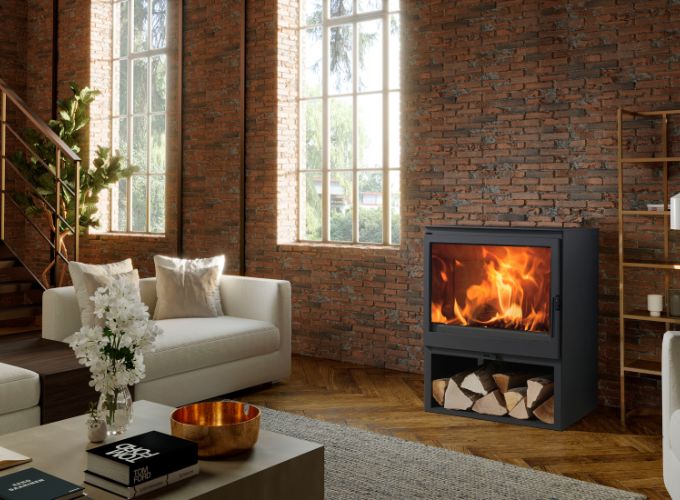
It is advisable not to overload the stove and to keep a stock of logs on hand to add more if necessary. Always remember to follow the manufacturer’s instructions and safety regulations in your area to avoid safety problems.
Related to the previous section, here are some clear and simple tips to avoid overloading the stove:
Creosote and soot buildup is one of the most common mistakes. These are by-products of wood burning and can build up on the walls. This causes airflow to be obstructed, increasing the risk of fires.
It is important to clean the chimney regularly to avoid these problems and ensure greater safety. We recommend hiring a professional to perform chimney cleaning if you are inexperienced or do not feel confident to do it on your own.
Cleaning the chimney regularly is essential to ensure greater safety and efficiency in the use of your wood stove. Some of the reasons why it is important to clean the chimney regularly include:
There are two types of chimney sweeping to clean the chimney safely and effectively: mechanical and chemical. You can read more about them in our post “How to sweep a chimney“.
It is important to remember that chimney sweeping should not only be performed when you notice visible buildup, but should also be part of regular maintenance to prevent fires and ensure safe and efficient operation of the stove. In addition, it is advisable to keep a record of chimney cleaning dates and methods to ensure that you follow a proper schedule and stay on top of any problems that may arise.
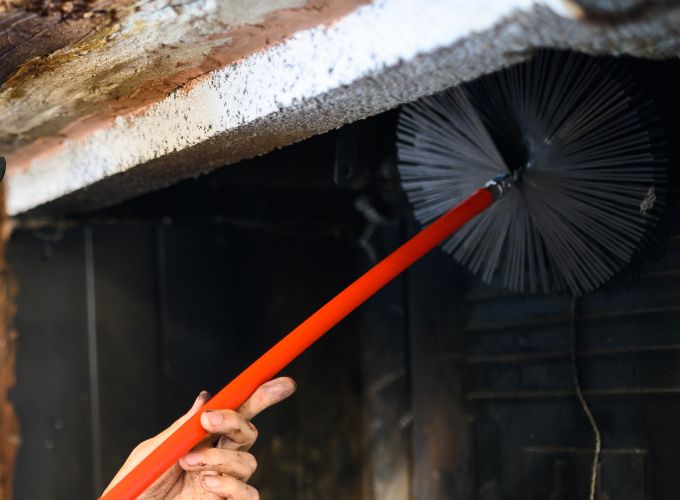
Opening the stove door frequently can cause several problems, including decreased combustion efficiency, increased creosote buildup in the chimney, and a fire hazard. It is important to avoid opening the stove door unnecessarily and to follow the manufacturer’s instructions for aeration frequency.
One way to avoid opening the stove door frequently is to make sure the stove is loaded with sufficient fuel before lighting. It is also important to avoid opening the door to remove ash or adjust the flame, as this can affect combustion efficiency.
Another of the most common mistakes is not using the stove properly. By this, we mean its ignition and fire regulation.
You can see an example of ignition and placement of the logs here.
Tips to keep in mind when lighting the stove:
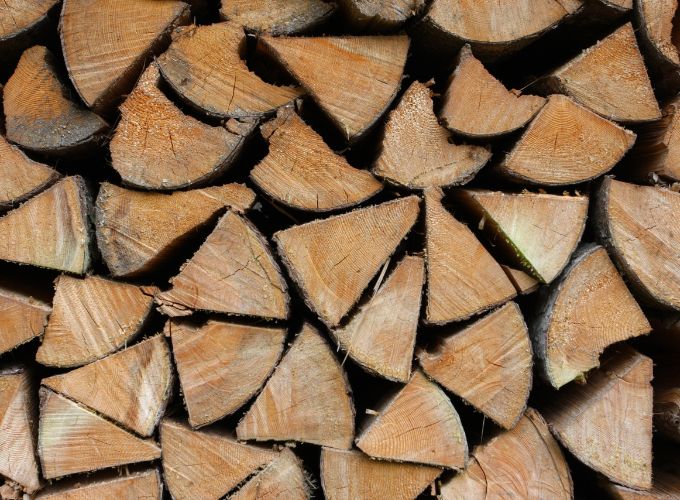
To regulate the fire properly, follow these tips:
Using inappropriate fuel can lead to problems such as: smoke problems, safety problems, fires or performance problems.
We recommend always using the right kindling and ignition with specific pellets. Never use flammable products, paper or any type of spray.
We hope this post has served as a guide. Take a look at our blog and find solutions and recommendations to help you with your fireplace or wood stove.
Visit our online store for Panadero wood stoves. If you have any questions or need help choosing the right stove, don’t hesitate to contact us. We will be happy to help you.
Articles of interest:
Did you like this article? If so, help us spread it 😊 . Click on the buttons below here and feel free to share it on your social networks!
Thank you for reading!
↓ ↓ ↓ ↓

Although we enjoy the warmth of the fireplace, the odors can be unpleasant. With simple tricks like vinegar, salt, or baking soda, you can keep your home fresh and cozy.

How to avoid dust in the house when using a wood stove: tips and tricks for a clean and healthy home
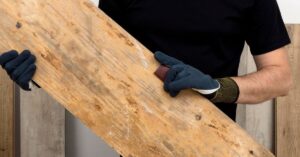
Learn how to remove mould from your wood for use by following the steps in this article.
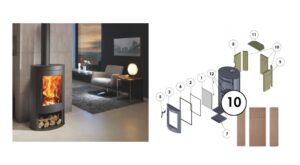
All you need to know: what it is, uses and benefits of wood stoves
To provide the best experiences, we use technologies such as cookies to store and/or access device information. Consenting to these technologies will allow us to process data such as browsing behavior or unique identifiers on this site. Not consenting or withdrawing consent may adversely affect certain features and functions.

From December 19 to January 6, order a wood stove and receive the Helix log holder for free.